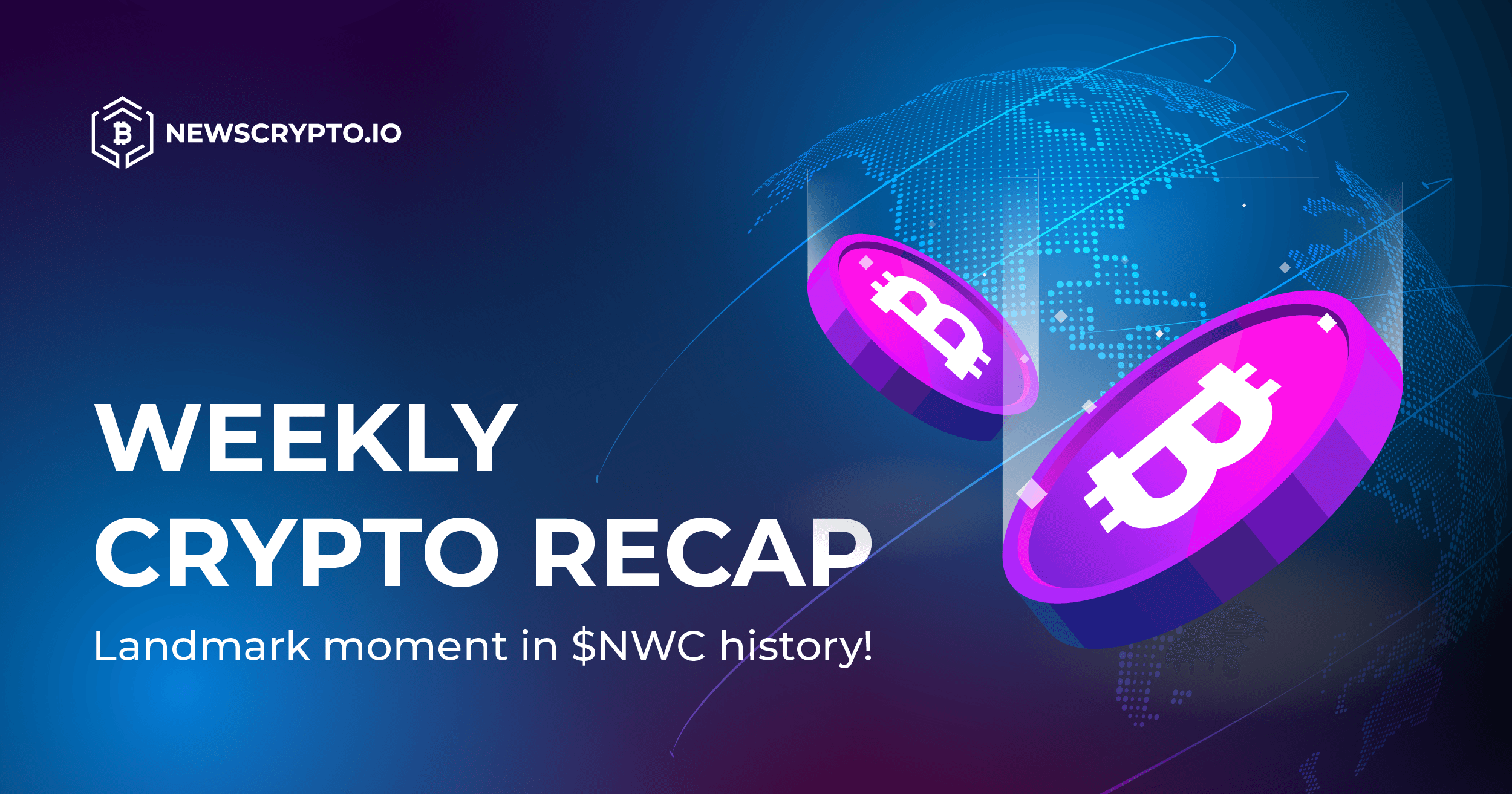Although cryptocurrency trading has been a very profitable business ever since the inception of Bitcoin over a decade ago, it really went mainstream in the past year. Lots of profits for retail cryptocurrency traders have already been made in 2017, but it was 2021 when crypto really took off.
From mainstream adoption and global companies adding BTC to their balance sheets, to whole countries accepting Bitcoin as legal tender, 2021 will surely be remembered as the defining year for crypto across the globe.
Looking back with the benefit of hindsight, you might be wondering whether it’s still worth entering the crypto world. ‘What if I am too late, since all these gains have already been made?’ or ‘What if crypto is on the verge of a crash?’ are two questions that may be worrying you.
Luckily, there is no reason to panic. Not only are there numerous profit opportunities in both bear and bull markets, but also the recent price action is showing that bulls aren’t yet giving up a fight. Taking into account the discount prices of many cryptocurrencies, now might be a perfect opportunity to enter it.
If you agree, let’s review 4 things that you need to understand before joining the crypto party!
Understanding how to invest
The most basic thing you need to understand in order to become a crypto trader is how to place different buy and sell orders. Let’s focus only on buy orders, since sell orders are their mirror image.
The two most basic order types are market or limit orders. If you’re just a crypto ‘hodler’ then market buying your coins may be sufficient, but for crypto traders it is crucial to master limit buying to enter and exit your positions at best prices.
In-essence, a market order is the most basic type of trade. It’s an order to buy a cryptocurrency immediately at the current market price. They don’t guarantee you a price, but they do guarantee you immediate execution.
Contrarily, limit orders allow traders to buy tokens at a specific price somewhere in the future (if certain conditions are met). It only gets executed if a predefined price level is reached, giving you the ability to get a better price at the expense of a risk that your order might never get filled and you miss out on the trading opportunity.
There are two types of buy limit orders (and another two types for sell limit orders). The first one is Buy Limit order and the second one is Buy Stop order.
Buy Limit order allows you to purchase a token at or below a specified price, which must be at or below the current market bid. For buy limit orders, the order will be executed only at the limit price or a lower one. For example, if you’re looking to buy Bitcoin, which is currently trading at $48,000, but the most you’re willing to spend on it is $46,000, you can place a Buy Limit order and you will only buy it at a price of $46,000 or lower.
Buy Stop order allows you to buy a token at a price above the current market bid. This order only becomes active after a specified price level has been reached (your stop level), which means that they are placed below the current market price. Once a stop level has been reached, the order will be immediately converted into a market or limit order, giving you some additional flexibility.
For example, assume that Bitcoin is trading at $48,000 and that you only want to buy it once it begins to show some serious upward momentum. In such a scenario, you have to put in a stop-limit order to buy with the stop price at $52,000 and limit price at $51,000 (assuming that there is a resistance level at $51,000 and you want to enter a position after a successful retest).
In case the price of BTC moves above the $52,000 stop price, then the order is activated and turns into a limit order (as already mentioned you can also activate a market order once the stop level has been reached). As long as the order can be filled under $51,000 (limit price), the trade will be executed.
Basic DYOR
The first thing you need to do, when you want to evaluate a crypto project is to get your hands on their whitepaper, where you'll find the team's aim for the project and the token's use cases.
Start with assessing the team, which stands behind the project. Consider their background, qualifications and experience. It's a good rule of thumb not to invest in projects that don’t have any pictures of team members on their webpage and of course remember that images can easily be lifted off the internet.
It’s very common to also take a look at their social media account, to get a feel how large community is supporting its cause. Many experts believe that Twitter and Telegram are most important when it comes to crypto, since the majority of crypto discourse takes place on these two platforms.
Make sure that the token's project is solving a major problem, as this is precisely a source of its value. There have been some expectations with meme tokens that had periods of tremendous growth, despite having little to show when it comes to added value, but practically, blockchain projects that uniquely solve a major problem will have more surge in demand, resulting in an increase in its value.
Investment strategy
In order to avoid making the same mistakes over and over again it’s essential to have a set of rules, designed to guide your decision making behind managing an investment portfolio.
If you’re willing to spend more time behind a screen, you might want to opt for a more active approach, while choosing a more passive strategy is a better option for people that don’t want to micromanage their portfolio daily.
Many analysts recommend Dollar Cost Averaging strategy for inexperienced or more passively-orientated traders. Also called DCA, it refers to the practice of systematically investing equal, which are spaced out over regular intervals in an effort to reduce the impact of volatility on the overall purchase. These micro purchases occur regardless of the asset's price and at regular, pre-defined intervals. This way you avoid making the mistake of poorly timing your one-time purchase investment.
This is just a basic strategy, so if you’re looking for more sophisticated strategies, of course, choose (or form) a strategy that best suits your needs, goals and risk tolerance.
Risks
Since we’ve just mentioned risk, you need to keep in mind that crypto isn’t a risk-free investment, so make sure you only invest money you can afford to lose.
Luckily, there are ways to mitigate risk and the most basic one is using stop loss, which is essential for success on your crypto journey, therefore we encourage you to use it whenever entering a trade, along with take-profit to exit your positions like a pro. Professionals always try to set stop loss just below a major support level, while a take-profit price is usually located just below a major resistance level.
This allows you to enter your position and stop looking at your screen once you’ve set a buy order. On the one hand, if price action doesn’t go in a direction you predicted, stop loss will automatically exit your position. On the other hand, in case you correctly predicted the next move and the price reaches a pre-defined level, it is the take-profit order that will close the position for you.
We here at NewsCrypto hope that this article helped you gain a basic understanding of crypto trading fundamentals. It is essential to enter the trading world with caution, since it comes with a risk. Fortunately, there is also a reward lying at the other side of risk and it is education and practise that will stir your boat towards the winning side.




